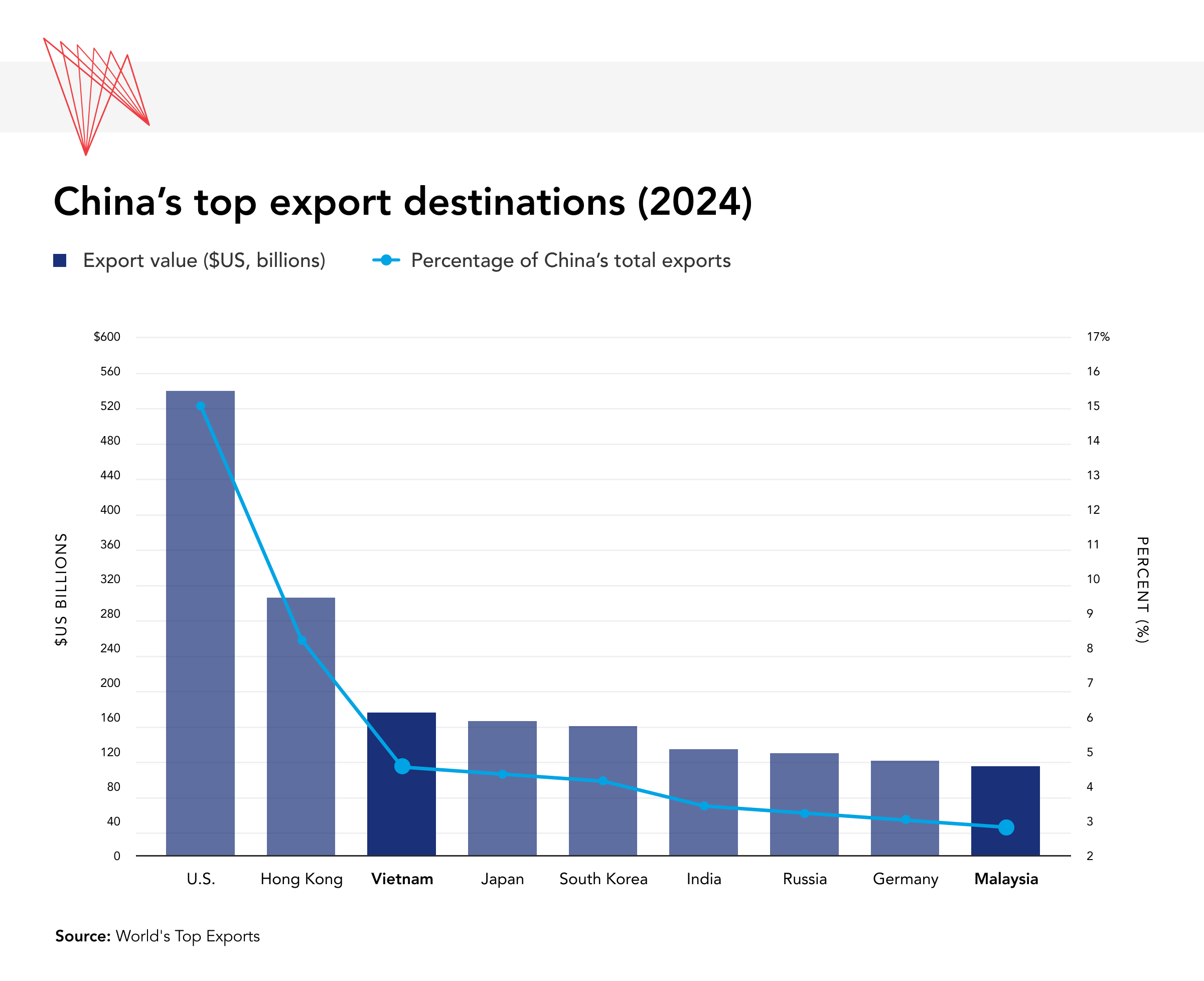This week, in his first overseas trip of 2025, Chinese President Xi Jinping toured Southeast Asia, marketing China as a dependable partner to Vietnam, Malaysia, and Cambodia — three countries hit hard by fitful U.S. tariffs — and inking an armful of agreements on AI, supply chains, maritime co-operation, and more.
The trip, starting in Vietnam on Monday, signals Beijing's desire to deepen relationships with the region — home to some of China’s most important trading partners — and to draw a contrast between a “stable, reliable” China and an unpredictable “bully” in the U.S.

In Hanoi, Xi spoke with To Lam, head of the ruling Communist Party of Vietnam, and pushed for “more substantive security co-operation and closer coordination on multilateral affairs.” Xi also proposed upgrading the countries’ ‘3+3’ dialogue on diplomacy, defence, and security — launched last year — from a vice-ministerial level to ministerial-level. Xi and Lam signed 45 bilateral co-operation documents, covering AI, agricultural trade, culture, and more.
U.S. President Donald Trump said Xi and Vietnam are merely “trying to figure out how to screw the United States of America.” Trump hit Hanoi with a 46 per cent ‘reciprocal’ tariff, which was paused last week for 90 days. In the aftermath of ‘Liberation Day,’ Vietnamese officials offered concessions to the U.S. that included removing non-tariff barriers and cutting back “sensitive” exports to China. Vietnam and the U.S. are now reportedly working towards a new trade deal.
Hanoi stands to benefit from the U.S.’s most recent tariff ‘carve-outs.’ Although laptops, phones, and other electronics imports are exempt from U.S. tariffs (for now), a blanket 20 per cent tariff on China still applies to these products, making markets such as Vietnam, India, and Taiwan more competitive.
The U.S.’s brusque messaging on tariffs has alienated many of its long-time trading partners and encouraged Beijing to cast itself not only as a victim of U.S. “bullying” but a champion of the aggrieved ‘Global South.’
Trade, defence headline talks
On Wednesday in Kuala Lumpur, Xi met with Malaysian Prime Minister Anwar Ibrahim, who doubles as this year’s ASEAN chairman. In an essay this week about China-Malaysia relations, Xi emphasized the two countries’ historical ties and co-operation in multilateral and regional fora, placing a particular emphasis on ASEAN as well as BRICS+, a grouping that Malaysia applied to join last July.
China has been Malaysia’s top trading partner since 2009; bilateral trade hit US$212 billion in 2024. Beijing has also invested billions of dollars in Malaysia through its Belt and Road Initiative. Malaysia's 688-kilometre East Coast Rail Link — roughly equivalent to the distance from Toronto to Québec City — is a “landmark” BRI project, linking key ports on Malaysia’s east and west coasts.
Xi finishes his tour in Cambodia today. Discussions with Cambodian Prime Minister Hun Manet will likely focus more on defence and security, including recent, China-sponsored upgrades to Cambodia's Ream Naval Base. Those upgrades included a large pier that “can handle warships such as aircraft carriers, vessels that Cambodia’s navy does not have,” according to SCMP.
Beijing looks for buyers
Xi appears open to talks with Trump but is unlikely to ‘blink first,’ forcing China to court other major trading partners, including the European Union. Last week, for example, Xi hosted Spanish Prime Minister Pedro Sánchez in Beijing. Both leaders agreed to “boost the steady development of China-EU relations.”
But the EU, for its part, is worried that certain Chinese products, redirected from the U.S., could flood the European market, undercutting domestic producers.
